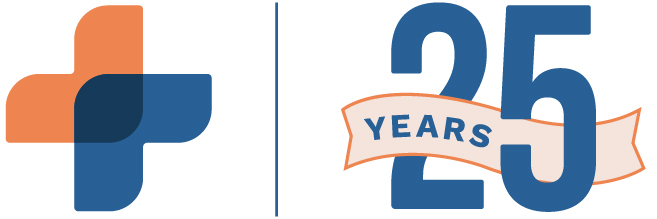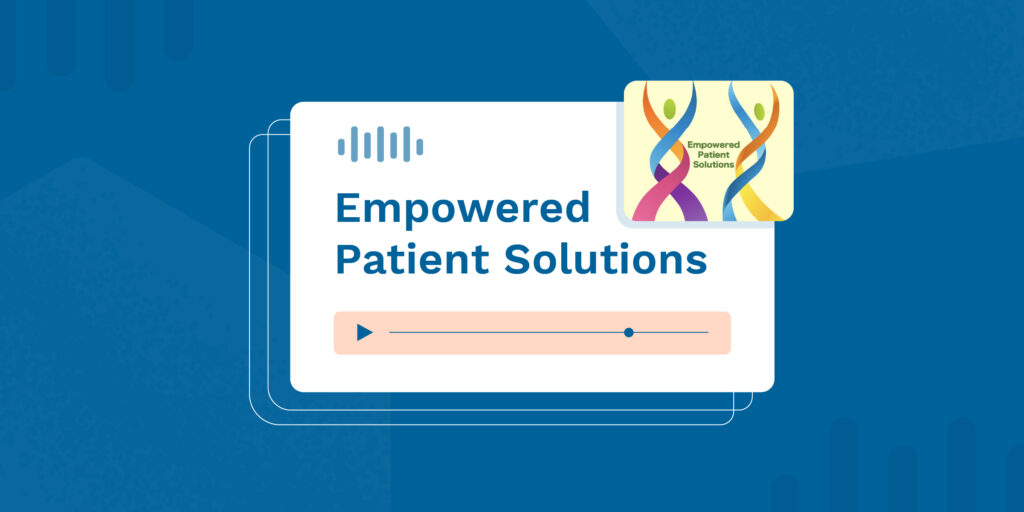Thanks to advanced clinical analytics tools, physicians can tap into comprehensive patient data sets to streamline operations, enhance patient management, identify care gaps, improve patient engagement, and boost medication adherence.
Imagine the amount of data a primary care physician has to sort through daily to improve the patient experience. This includes data related to medication adherence, appointment wait time averages, no-shows, critical health information, care patterns, and more. Traditionally, piecing this information together would involve sifting through disparate records and relying on memory or consulting with other providers, making the process lengthy and error-prone.
Today, thanks to advanced clinical analytics tools, the same physician can tap into a comprehensive patient data set to streamline operations, enhance patient management, identify care gaps, improve patient engagement, and boost medication adherence. Tools like these support providers in making informed, data-driven decisions about patient care. Wondering how to use them in your practice? Let’s dive into five strategies and relevant use cases.
5 Ways to Use Clinical Analytics to Improve Patient Care
Now, imagine a practice reducing no-show rates by 30% after pinpointing issues in its scheduling workflows. Or increasing medication adherence for patients with chronic conditions. These aren’t pipe dreams. They’re real outcomes that can be made possible by clinical analytics.
These tools turn raw data into actionable insights. As a result, providers can enhance patient care and optimize practice operations. Here are five impactful ways clinical analytics are transforming care delivery.
1. Streamlining and Optimizing Operations
Efficient operations support high-quality healthcare by ensuring resources are used to meet patient needs while minimizing waste and delays. As such, providers can use clinical analytics to identify inefficiencies and improve workflows. The analytics provide a clear, comprehensive picture of where time, staff, and relevant resources are being underutilized or misallocated. Key benefits include reduced wait times, higher patient satisfaction, and improved resource allocation.
Here are some other examples of how clinical analytics can be used to optimize operations:
- Review appointment data and refine provider schedules to meet demand.
- Monitor staffing levels to make sure the right number of providers and staff are available at peak times.
- Identify and eliminate bottlenecks that negatively affect the patient experience (e.g., complicated check-ins or long checkout processes).
- Analyze patient wait times to identify inefficiencies and implement process improvements.
- Track trends in patient no-shows or cancellations and implement tactics to reduce missed appointments (such as automated reminders or follow-up systems).
With RXNT’s Encounter Insights dashboard, you can track appointment patterns like no-show rates or recurring scheduling bottlenecks. This will help practices identify issues that may be contributing to the patterns, such as overbooked time slots or inefficient room usage. With this information, practices can allocate resources better or reduce patient wait times.
2. Enhance Disease and Condition Management
Chronic conditions such as diabetes, hypertension, and mental health disorders require consistent, tailored care. With clinical analytics, providers can track these conditions and intervene as needed. RXNT’s Patient Snapshot Dashboard consolidates critical health data into one intuitive interface. Providers can evaluate a patient’s health and make informed decisions about their care.
For example, a patient with diabetes may show declining blood sugar control on their dashboard. Using this information, the provider can take an actionable step such as adjusting the care plan, scheduling an earlier appointment, or referring them to a diabetes educator. Ultimately, using clinical analytics can lead to better treatment outcomes for patients with complex, chronic conditions.
3. Identify and Address Care Gaps
Care gaps, such as missed follow-ups or overdue preventive screenings, can significantly impact patient outcomes and lead to higher healthcare costs. Clinical analytics tools like RXNT’s Patient Demographic Insights can help providers identify gaps and take corrective action.
One example is the analytics tool used to flag patients who are overdue for mammograms based on age, gender, and medical history. Practices can then send out reminders or create outreach campaigns to get patients back on track.
Beyond segmenting patients who are overdue for specific services, these tools may also be used to monitor follow-up rates and refine outreach efforts for better engagement. Key results include early detection of health issues, increased compliance with preventive care guidelines, and reduced long-term costs through preventive care.
4. Improve Patient Engagement
Engaging patients in their care journey is a critical factor in improving outcomes. Clinical analytics enables providers to identify disengaged patients and take proactive steps to re-engage them.
One tool for doing so is RXNT’s Diagnosis Insights. It can highlight trends in missed appointments for certain diagnoses and help providers stay connected with patients.
Suppose a provider notices that patients with a recent diagnosis of hypertension frequently miss follow-up appointments. Armed with this data, the provider can tailor solutions to these patients through flexible scheduling or telehealth options. Or the practice may choose to launch an education campaign about the risks of untreated hypertension. As a result, patients are more informed about their health and more engaged in their health journey.
5. Enhance Medication Management
Despite being key to effective treatment, medication adherence is a challenge for many patients. Clinical analytics tools like RXNT’s Prescription Insights help providers monitor medication usage patterns to ensure patients are taking their medications as prescribed. This tool can be used to track refill patterns and identify patients at risk of non-adherence. Providers can then educate patients about the importance of medication compliance during appointments or through automated outreach.
The Future of Clinical Analytics: AI, Machine Learning, and Predictive Insights
Today, clinical analytics goes beyond traditional data aggregation and reporting. Artificial intelligence (AI), natural language processing (NLP), and predictive analytics are changing how providers use data to improve patient care. These technologies have the potential to transform healthcare as a whole by enabling the delivery of more proactive and personalized care.
For example, AI-driven clinical analytics can improve resource allocation and workflow efficiency by predicting patient volumes, identifying staffing needs, and automating routine tasks. As a result, processes are made more efficient and patients enjoy reduced wait times and more timely care.
NLP is being integrated directly into clinical analytics tools. This subset of AI and machine learning (ML) enables systems to analyze unstructured data for insights that might otherwise be missed. That might include physician notes or patient symptoms. Ultimately, this leads to better patient outcomes, reduced errors, and a more efficient use of resources.
Through predictive analytics, providers can even identify patients at risk of developing chronic conditions or experiencing an adverse health event before it happens. These analytics use AI algorithms to analyze patterns, such as patient history and lab results. They can then identify patients at risk. Providers can implement earlier interventions to improve outcomes.
These technologies are continuing to evolve and mature. By adopting clinical analytics and related innovations, practices can position themselves to best meet an increasing demand for patient-centered care.
How Clinical Analytics Drives Better Care and Outcomes
Clinical analytics is more than a tool. It’s a transformative approach to delivering patient care. By turning data into actionable insights, providers can make smarter decisions about patient care to improve outcomes and streamline operations.
Tools like RXNT’s Patient Snapshot Dashboards, Patient Demographic Insights, and Prescription Insights empower providers to:
- Proactively address care gaps
- Streamline workflows and optimize resource allocation
- Enhance patient safety and satisfaction
Being able to harness data for meaningful change will set your practice apart from the rest. Clinical analytics can help you achieve these goals through more effective, patient-centered care, whether you want to identify care gaps or improve medication adherence rates. If you’re ready to tap into clinical analytics to drive better outcomes for your patients, connect with RXNT today.






